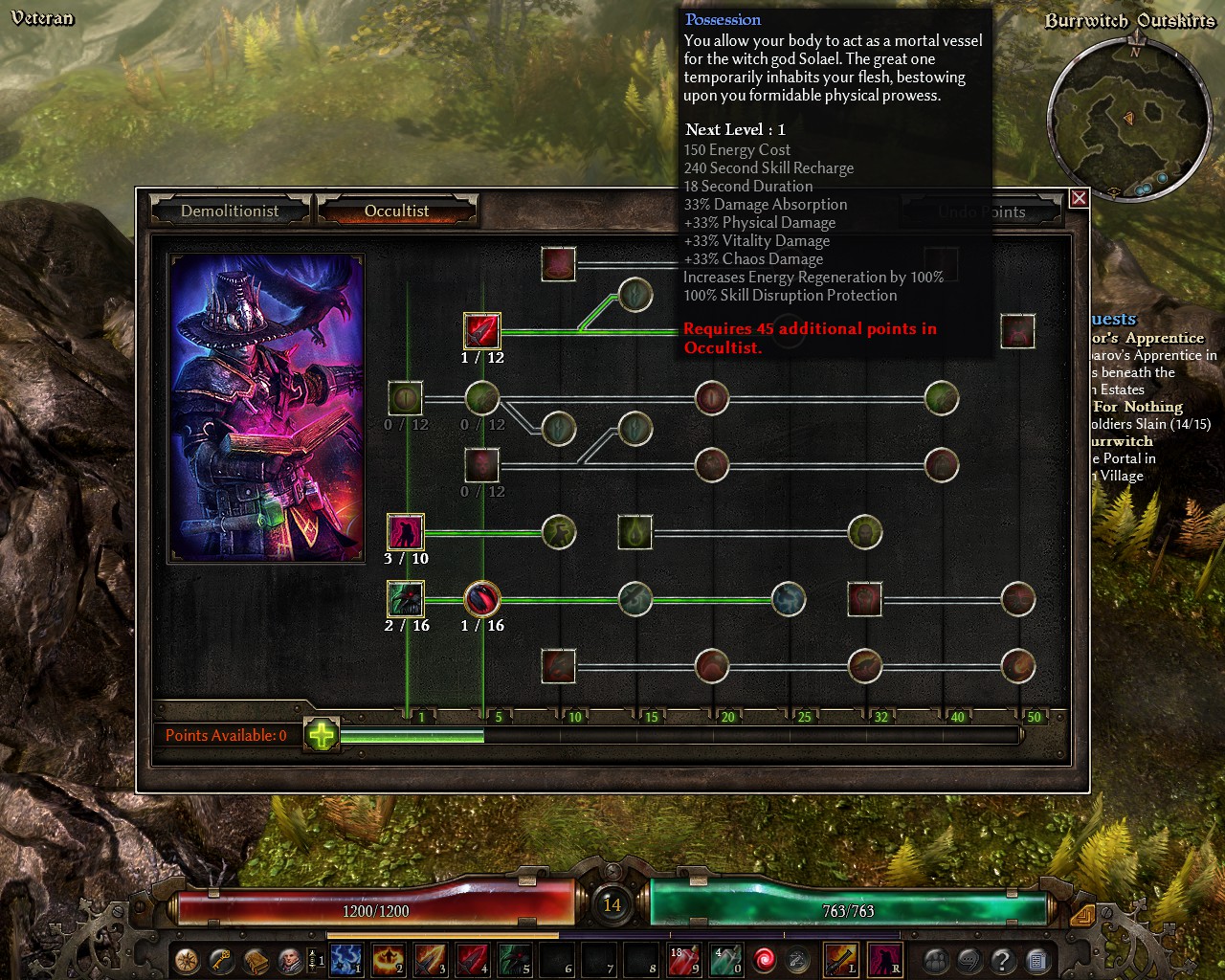

The notion that we’re trapped in Stone Age bodies in a fast-food world is driving the current craze for Paleolithic diets. “A lot of people believe there is a discordance between what we eat today and what our ancestors evolved to eat,” says paleoanthropologist Peter Ungar of the University of Arkansas. So far studies of foragers like the Tsimane, Arctic Inuit, and Hadza have found that these peoples traditionally didn’t develop high blood pressure, atherosclerosis, or cardiovascular disease. If we want to glean any information on what a nomadic, foraging lifestyle looks like, we need to capture their diet now.” “That being said, we have a small handful of foraging populations that remain on the planet. “Hunter-gatherers are not living fossils,” says Alyssa Crittenden, a nutritional anthropologist at the University of Nevada, Las Vegas, who studies the diet of Tanzania’s Hadza people, some of the last true hunter-gatherers. That’s why scientists are intensifying efforts to learn what they can about an ancient diet and way of life before they disappear. My body doesn’t want to eat just these plants.” When I ask if the food in the garden can tide them over when there’s little meat, Felipe shakes his head. Yet in the family’s open-air shelter Felipe’s wife, Catalina, is preparing the same bland porridge as other households. “José’s family has more fruit than anyone,” says Rosinger. Vibrant red “lobster claw” heliconia flowers and wild ginger grow like weeds among stalks of corn and sugarcane. José leads us down a trail past trees laden with golden papayas and mangoes, clusters of green plantains, and orbs of grapefruit that dangle from branches like earrings. Rosinger introduces me to a villager named José Mayer Cunay, 78, who, with his son Felipe Mayer Lero, 39, has planted a lush garden by the river over the past 30 years. What anthropologists are learning about the diets of indigenous peoples like the Tsimane could inform what the rest of us should eat. They’re particularly interested in how the Indians’ health changes as they move away from their traditional diet and active lifestyle and begin trading forest goods for sugar, salt, rice, oil, and increasingly, dried meat and canned sardines.

I’m traveling with Asher Rosinger, a doctoral candidate who’s part of a team, co-led by biological anthropologist William Leonard of Northwestern University, studying the Tsimane to document what a rain forest diet looks like. But Anachere is a two-day trip from San Borja by motorized dugout canoe, so the Tsimane living there still get most of their food from the forest, the river, or their gardens. More than 15,000 Tsimane live in about a hundred villages along two rivers in the Amazon Basin near the main market town of San Borja, 225 miles from La Paz. It’s the rainy season, when it’s hardest to hunt or fish. The story is similar for each of the families I visit in Anachere, a community of about 90 members of the ancient Tsimane Indian tribe. He can’t fish on the river because a storm washed away his canoe. But when he finally sits down to eat his porridge from a metal bowl, he complains that it’s hard to get enough meat for his family: two wives (not uncommon in the tribe) and 12 children. At 39, he’s an energetic guy who doesn’t seem easily defeated-when he isn’t hunting or fishing or weaving palm fronds into roof panels, he’s in the woods carving a new canoe from a log. This evening, however, Nate emerges from the forest with no meat. If he was lucky, Nate would spot one of the biggest packets of meat in the forest-tapirs, with long, prehensile snouts that rummage for buds and shoots among the damp ferns. There he silently scanned the canopy for brown capuchin monkeys and raccoonlike coatis, while his dog sniffed the ground for the scent of piglike peccaries or reddish brown capybaras. Nate left before dawn on this day in January with his rifle and machete to get an early start on the two-hour trek to the old-growth forest. “The children are sad when there is no meat,” Maito says through an interpreter, as she swats away mosquitoes. With an infant girl nursing at her breast and a seven-year-old boy tugging at her sleeve, she looks spent when she tells me that she hopes her husband, Deonicio Nate, will bring home meat tonight.


 0 kommentar(er)
0 kommentar(er)
